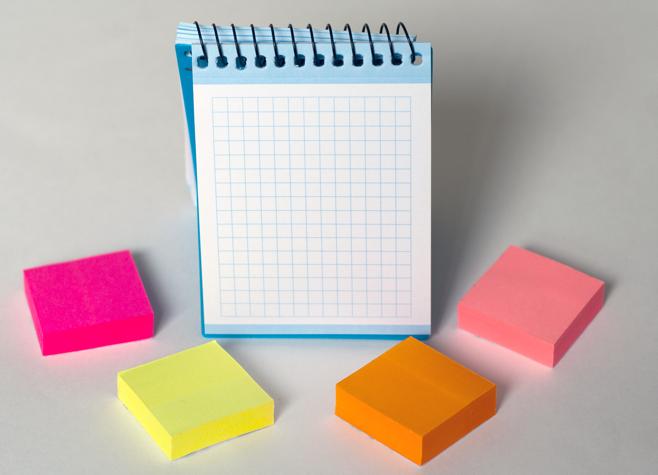 Recently I was asked by a good friend of mine to help review one of their new courses. The project was for an important client and they wanted to make sure they had everything exactly right before they submitted.
Recently I was asked by a good friend of mine to help review one of their new courses. The project was for an important client and they wanted to make sure they had everything exactly right before they submitted.
As someone who has been there before I was only too happy to help. I opened up the file and started working my way through only to find my mind wandering. It didn’t matter what I did, I couldn’t focus on what I was reading. That’s a problem my friends. In fact, it is one of the biggest red flags I look for when I am editing and reviewing content.
Here’s why:
When we as the designers are unable to focus on what we have created, then how do we expect our participants to do it? More so, how do we expect them to learn anything if they can’t even finish reading through the material?
So when I feel myself starting to float away, my first question is “why?” What is it about this material that is making me daydream and why is it so hard to focus?
Simple question, right?
Well the crazy part is that most of the time the answer comes down to a very simple factor. Design. We rush through the design part of development. We are so focused on the content and what the training actually says, that we forget that we need to think about how we are saying it.
And I don’t mean the words. I mean, how does it sit on the page? How does it look? How are we presenting this to the learner? Basically, how does it feel to be on the other side of this lesson?
To me it all comes down to a few key tips. And today I’d like to share those tips with you. With that in mind, here are my top tips for building eLearning designs that POP!
1. Keep it Simple
One of the fatal flaws I find in many eLearning courses is that there are too many words on the page. Or too many sentences in a paragraph. This makes it very hard for participants to read through the content and they tend to get lost in the words. Basically, they get bored before they are done and they start skimming instead of reading.
So be brief! Get to the point and then move on. The more words you use the more likely you are to lose your audience.
2. Break up the Text
Text that fills a page and goes from one heavy paragraph to another is very very easy to get lost in. Your participants might read through the first sentence or two but after that? You’ve lost them.
So break it up. Bullets. Paragraphs. Short lists. Anything that is designed to pull the eye…..and therefore the attention!….down the page and through the material.
3. Be Visual
 When you are laying out the content don’t be afraid to add color, pictures, activity, and highlights to the text. This gives the course focus points. Instead of reading through long paragraphs of text you are giving them key points to focus on and then to apply. And you are doing it in a way that is visually interesting.
When you are laying out the content don’t be afraid to add color, pictures, activity, and highlights to the text. This gives the course focus points. Instead of reading through long paragraphs of text you are giving them key points to focus on and then to apply. And you are doing it in a way that is visually interesting.
Try pulling out a key fact into a textbox. Or even using the box to give a case study or example of the current lesson. Add in real world application of the knowledge and show the learner how this applies directly to their world. If they know why they need to learn specific content then they are more likely to engage in that content.
Also, keep in mind that using visuals can help to engage both sides of the brain. Engage the learner and you increase retention. That’s the goal, right!?!?!
At the end of the day the idea is to keep your audience in mind as you design. Don’t just rely on the text to make your point! Instead look at the words as a starting place. From there you will visually build the lesson in a way that is engaging and memorable.
___
The Axis Learning Management System is a powerful, budget-friendly, easy-to-use Online Learning Management System for authoring, managing, and tracking online training (including on-board designers). To try it FREE, go to the Axis LMS Sign-up Form.